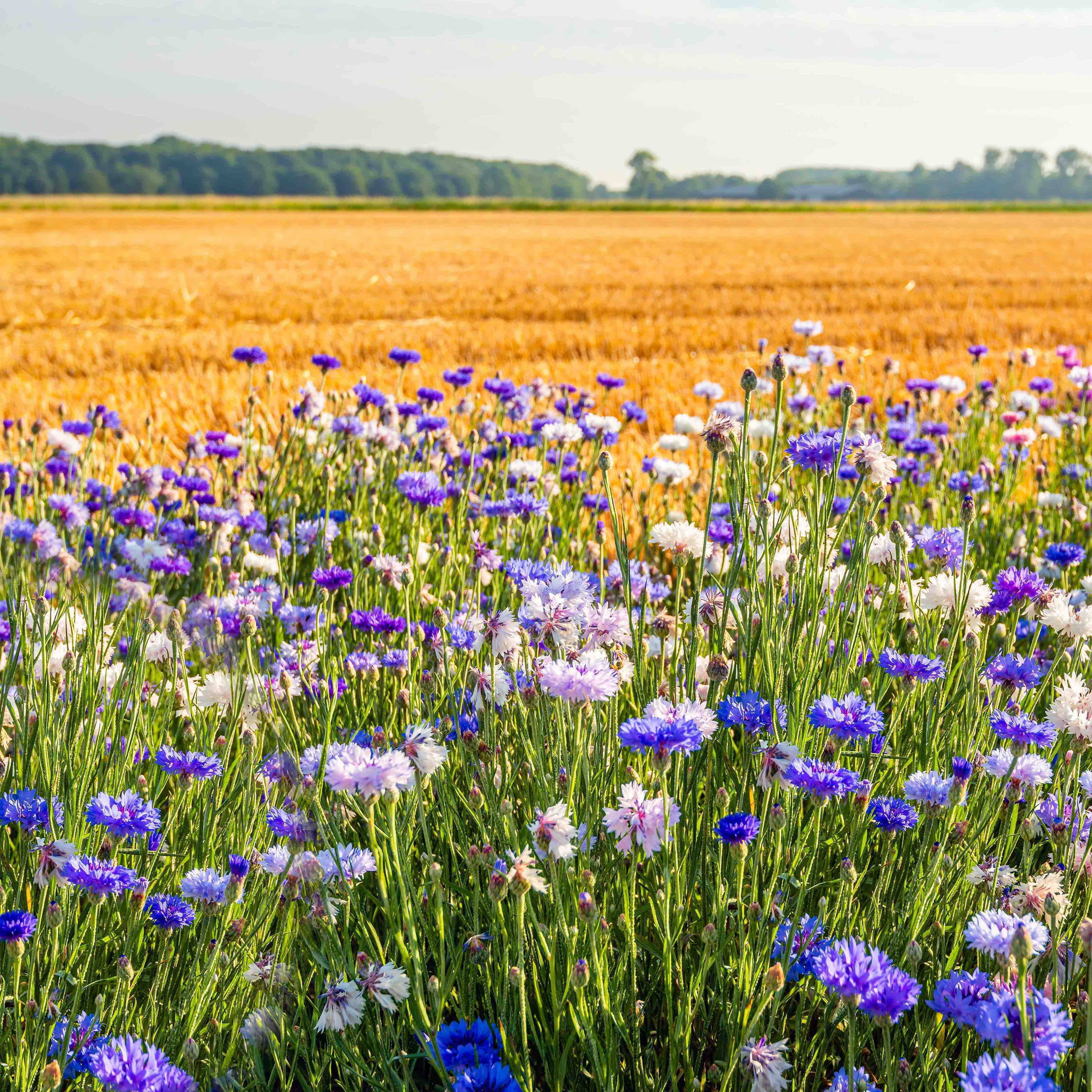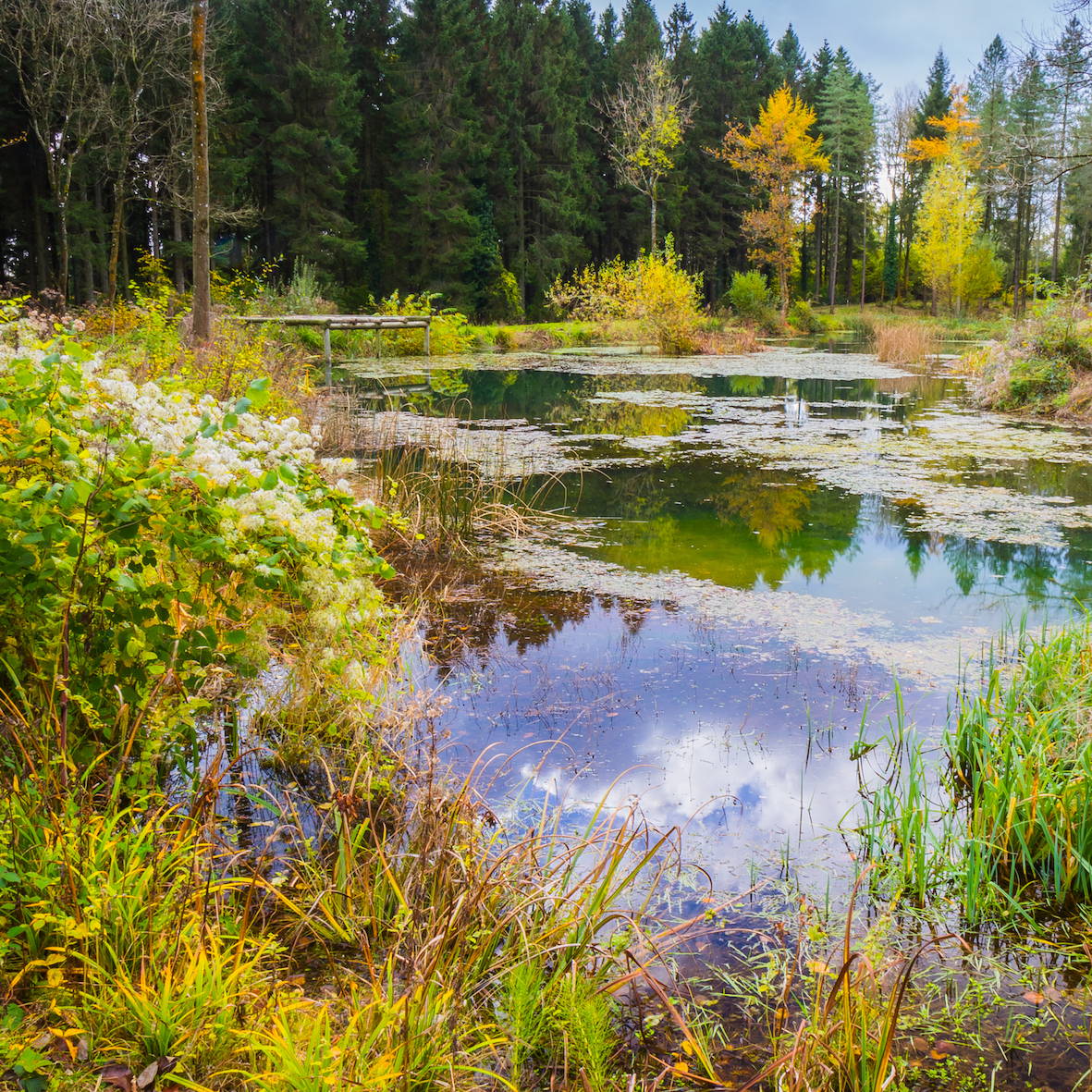
All images: Shutterstock
Goal 13: Climate Action
Join The Rewilding Revolution
Why restoring natural landscapes damaged by modern life could be one of the most effective ways to combat climate change
By LEANNE WALSTOW
8 september 2021
It might seem simple - leaving nature to do its own thing, but rewilding - allowing natural processes to repair damaged ecosystems and restore degraded landscapes - is so effective that it was recently endorsed by the UN as a key method of conservation. Whether undertaken on a vast scale or on a smaller domestic level by simply allowing a lawn to meadow, every bit of rewilding makes a difference to our biodiversity and in turn, helps to battle climate change. Here’s everything you need to know.
What is rewilding?
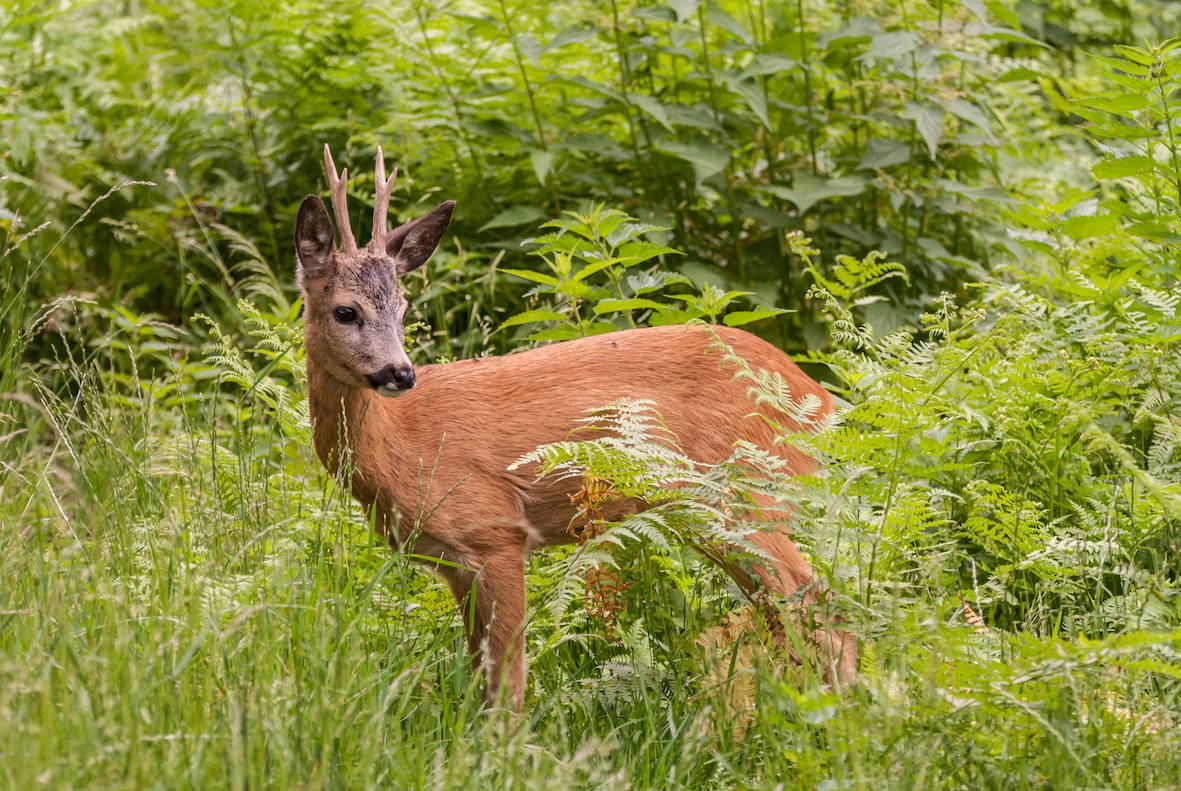
Is rewilding really a climate crisis solution?
Earth’s forests are vast carbon sinks, with as much as 45% of the carbon stored on land sequestered in these habitats. If we rewild agricultural land and restore it to forest, the potential for carbon sequestration is huge. As well as helping to slow climate change, rewilding projects can mitigate the effects of global warming. Rewilded rivers and forests can provide natural flood defences, helping to protect homes.
And as well as forests and rivers, there’s a less glamorous habitat that is pulling more weight: peat bogs. They store more carbon than rainforests and the UK alone has 13% of the world’s blanket peat bog, but 80% of the UK’s peat bogs have been damaged by drainage, extraction, burning and overgrazing. Conservation led by rewilding gives us an opportunity to fix this. Re-wetted peatland can revert back to a carbon sink once peat forming plant species are re-established.
Rewilding more than habitats
The reintroduction of species that were previously extinct in an area can help to restore a damaged ecosystem. Successful examples include the white tailed eagle which was recently reintroduced to the Isle of Wight after the last breeding pair died there in 1780 and is now thriving, and beavers in Scotland, Wales and numerous counties in England.
Joining up habitats that have been divided by roads and human settlements with wildlife corridors is also key. These connecting routes can simply be tunnels to allow safe road crossings or can be on a larger scale like the European Green Belt , a strip of wilderness running along the corridor of the former Iron Curtain. Intertwining smaller habitats creates larger areas of land that are accessible to apex predators who need plenty of space to roam; wolves, which are being rewilded in Italy, require around 33 to 6,200 km2.
The increased movement granted by restored wildlife corridors is also essential to animal survival, allowing species to flee natural disasters and migrate as temperature changes occur. Research indicates that by restoring and connecting 30% of Britain’s species-rich habitats across land and sea, it would be possible to save one fifth of species from climate driven habitat loss and extinction.
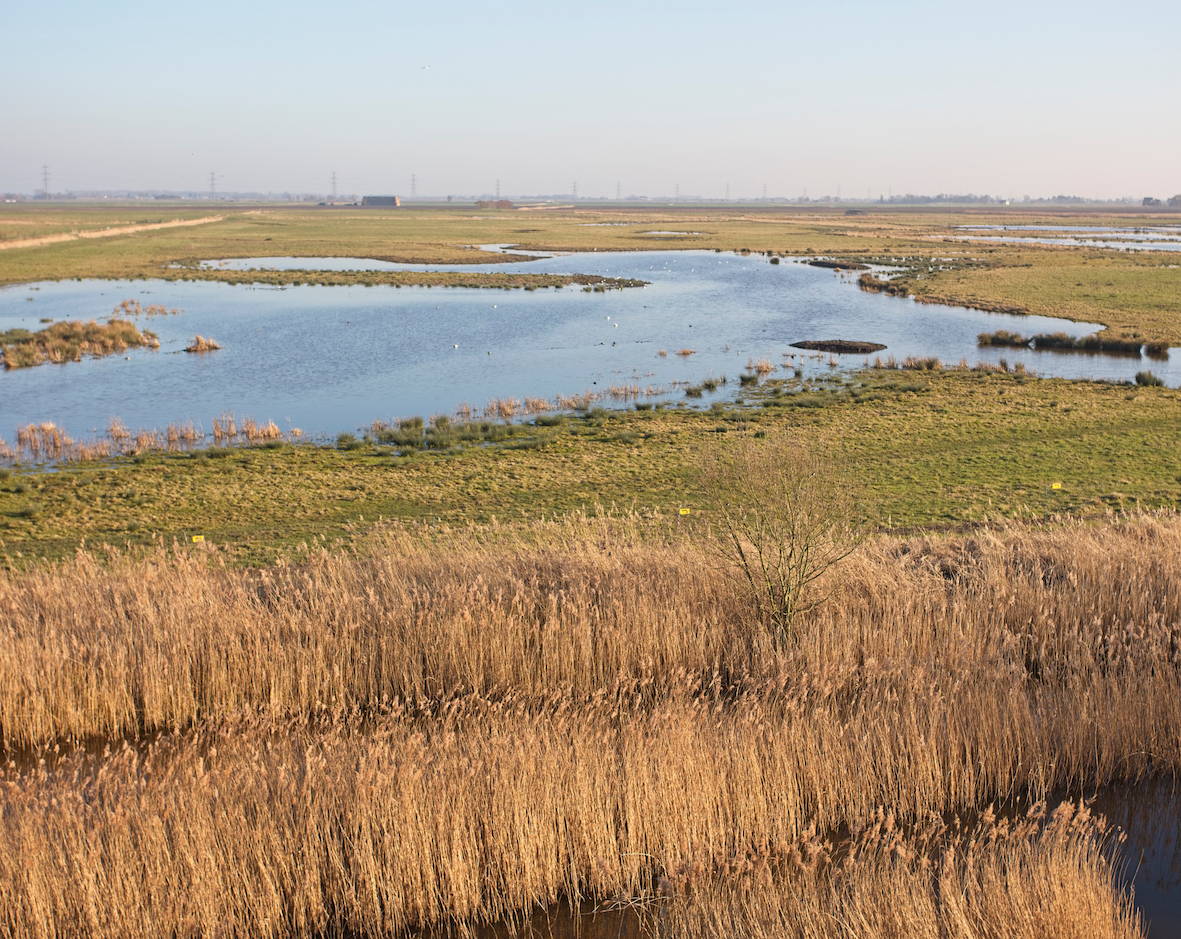
Rewilding the economy
Yes, really! As well as improving our quality of life, rewilding also offers economic benefits with new data from Rewilding Britain indicating that rewilding just 5% of England could create 20,000 rural jobs. Compared to jobs created from intensive farming, rewilding projects would increase employment by 50% by offering roles in animal husbandry, ecology, nature tourism and specialist reintroduction positions. The data was gleaned using current figures from 27 large rewilding sites which make up just 0.2% of England’s land and extrapolating this to represent a situation where 5% of England had been rewilded.
Large scale rewilding: Somerleyton
Hugh Somerleyton, owner of the Somerleyton Estate in East Anglia, is also one of the co-founders of Wild East, a rewilding movement for the east of England. ‘I was always green - a bit of a tree-hugger as my dad would say - but without a huge amount of knowledge or cause when I was younger’ he said when we caught up with him to find out about his passion for rewilding.
Somerleyton is working on joining his land with neighbouring farmers to form a ‘cluster’, encouraging land owners to break down boundaries and create ribbons of woodland, stretches of peatland and swathes of heathland that connect habitats. ‘The biggest failure of nature conservation in the last generation has been viewing the land as a puzzle, as fragmented pieces,’ he continues. The aim is to give 20% of land back to nature over the next 20 years, which, if achieved, would secure the survival of many of Britain’s much-loved native species. ‘5% of that 20% might be wetland, another 5% an expansion of our hedgerow system. Hedgerows could become 10m wide, great cathedrals of biodiversity pulsating through our landscape. Another 5% would connect our ancient woodland, a final 5% could be heathland, and with the addition of wildlife bridges across our roads we’ve built a more wild, more connected natural landscape’.
His aim is to restore 1,000 acres of The Sandlings, a spine of heathland in Suffolk that runs through the country to the Somerleyton Estate. ‘If you look at maps through time you can trace that habitat slowly getting fragmented up into little pieces as agriculture took over,’ he says. ‘Farming and gardening are all about keeping increasingly tight control over what is going on in nature and that mentality has spilled into conservation. There’s so little land left that conservation work is often over-focussed on a single habitat or species. Rewilding takes that human brake off completely, allowing nature to determine the outcome.’
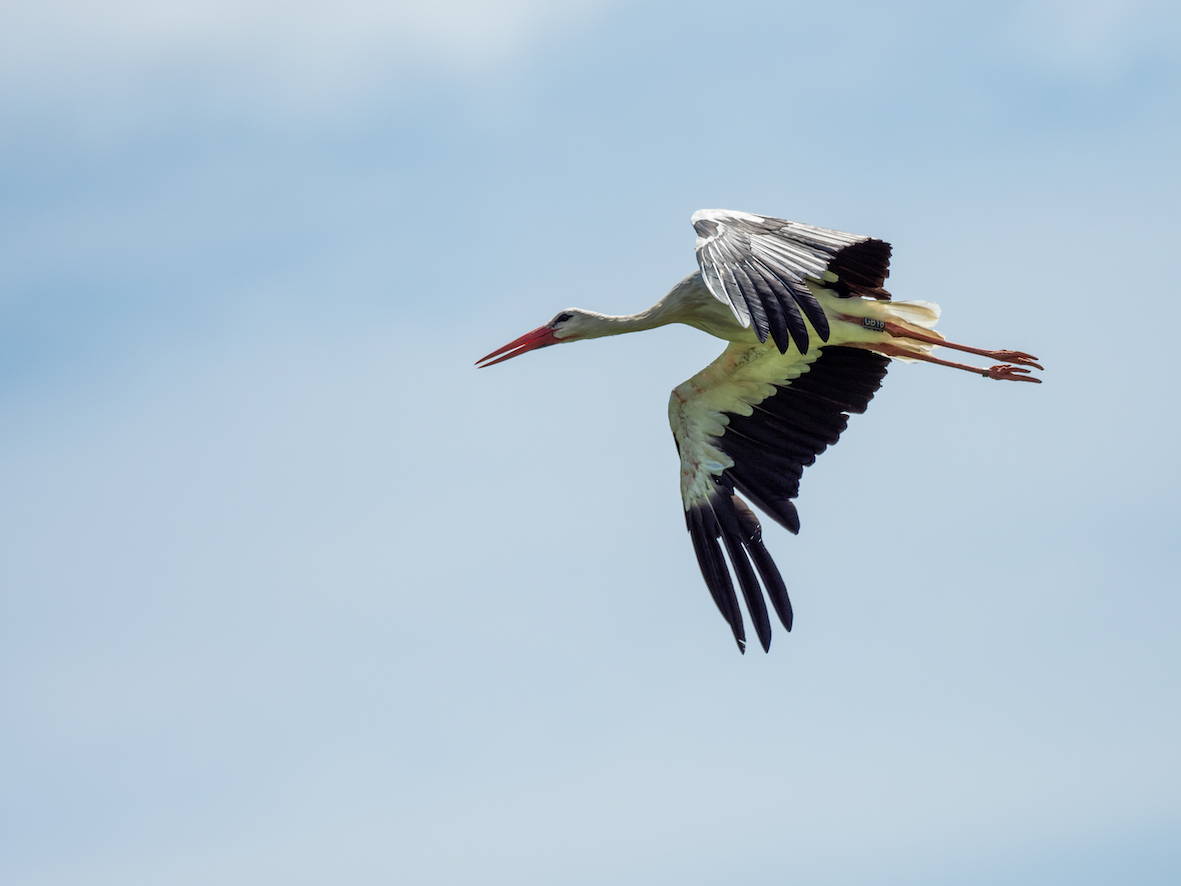
How to support rewilding in action
If you’re UK-based check out Rewilding Britain’s projects page where you can find wonderful rewilding projects that are open to visitors. Knepp Castle is a favourite, owned and run by Isabella Tree who recorded the estate’s journey in her book ‘Wilding: The Return of Nature to a British Farm’, regarded by many as the rewilding bible. If you’re interested in taking in some peatlands check out Wicken Fen in Cambridgeshire which is one of Europe’s most important and is currently looked after by the National Trust. Or if you're heading far north be sure to visit Carrifran Wildwood in Scotland for some truly breathtaking scenery including the magical restored woodland.
Get rewilding at home
Small projects such as a wildflower window box can still make an important difference, says Richard Bunting of Rewilding Britain: ‘with an estimated 22 million people in the UK having access to a garden, there is huge potential for creating wildlife corridors and ensuring much-needed connectivity between nature recovery areas’.
Here are a four easy things you can do:
1. Have a no mow lawn
Stop mowing your lawn between May and September and scatter wildflower seeds to create a meadow that will attract a whole host of pollinators. Be sure to include yellow rattle seeds, which suppress the grass and allow wildflowers to thrive.
2. Take care at the garden centre
Avoid using weed killers and pesticides, which damage soil health and are also hazardous to wildlife, and never use poisons like slug pellets. When choosing compost, always opt for peat-free.
3. Let wildlife in
If you have a garden, cut holes in your fences so that wildlife can pass through, or better yet break down fences between you and your neighbours to create a larger community garden where wildlife can thrive. Setting up a pond in your garden, however small (an old washing up bowl will do) is one of the most effective ways of encouraging wildlife.
4. Become a guerilla gardener
Volunteer your time or join local rewilding groups like Wild East - you can find a project near you through Rewilding Britain’s network or check out social media to find grassroots movements such as Extinction Rebellion’s guerilla gardeners.
100% of profits from the sales of #TOGETHER products go to charities that advance the Sustainable Development Goals. Find out more here.

